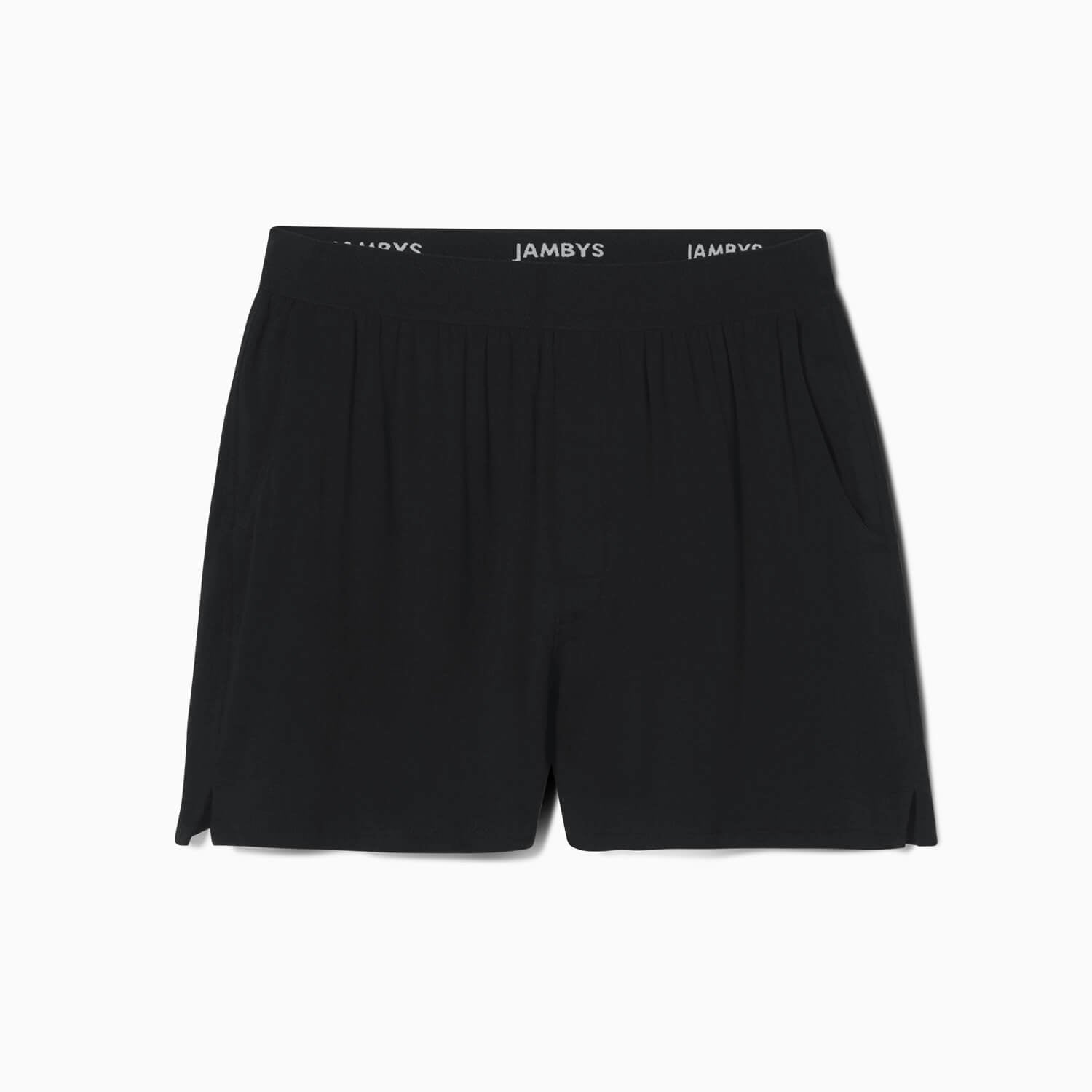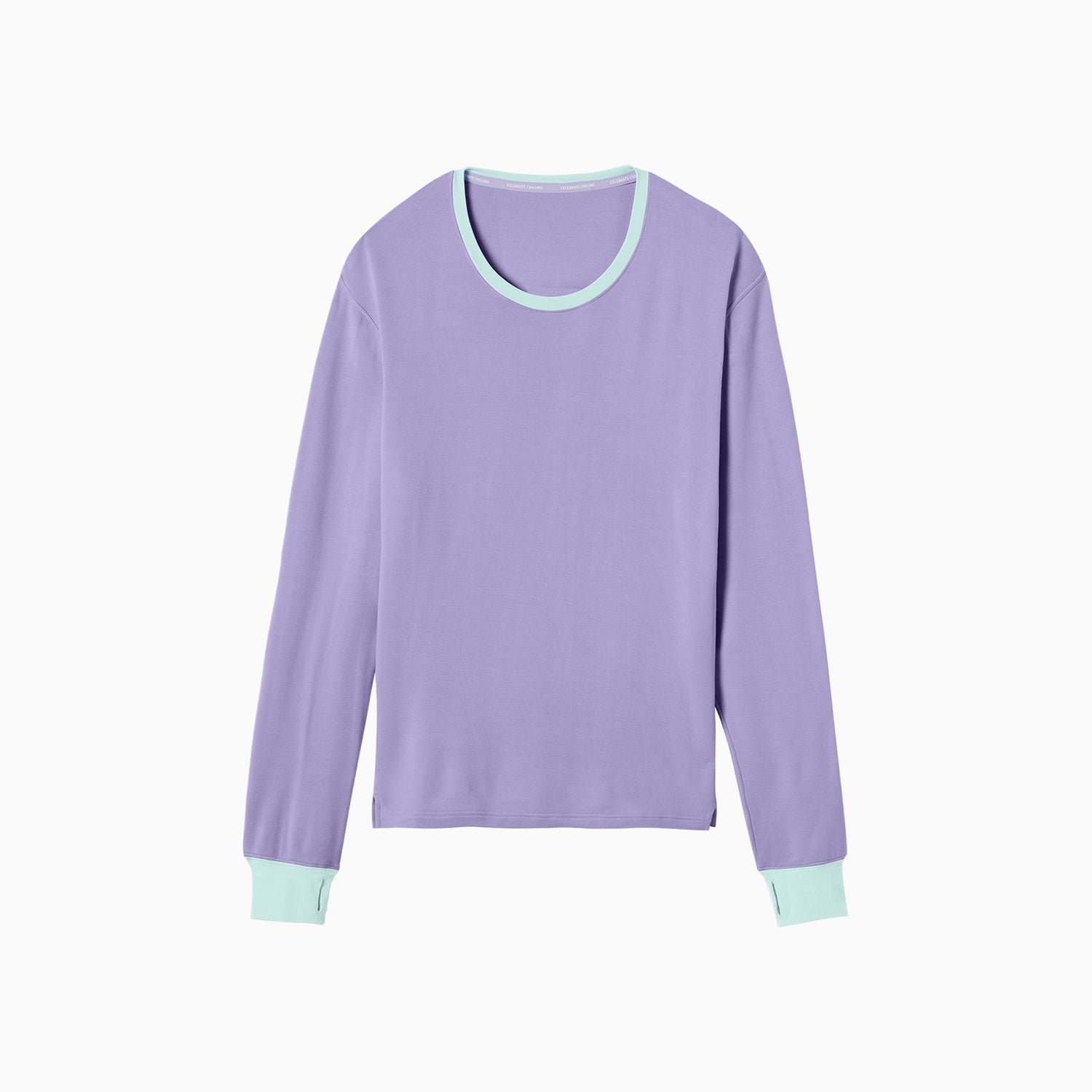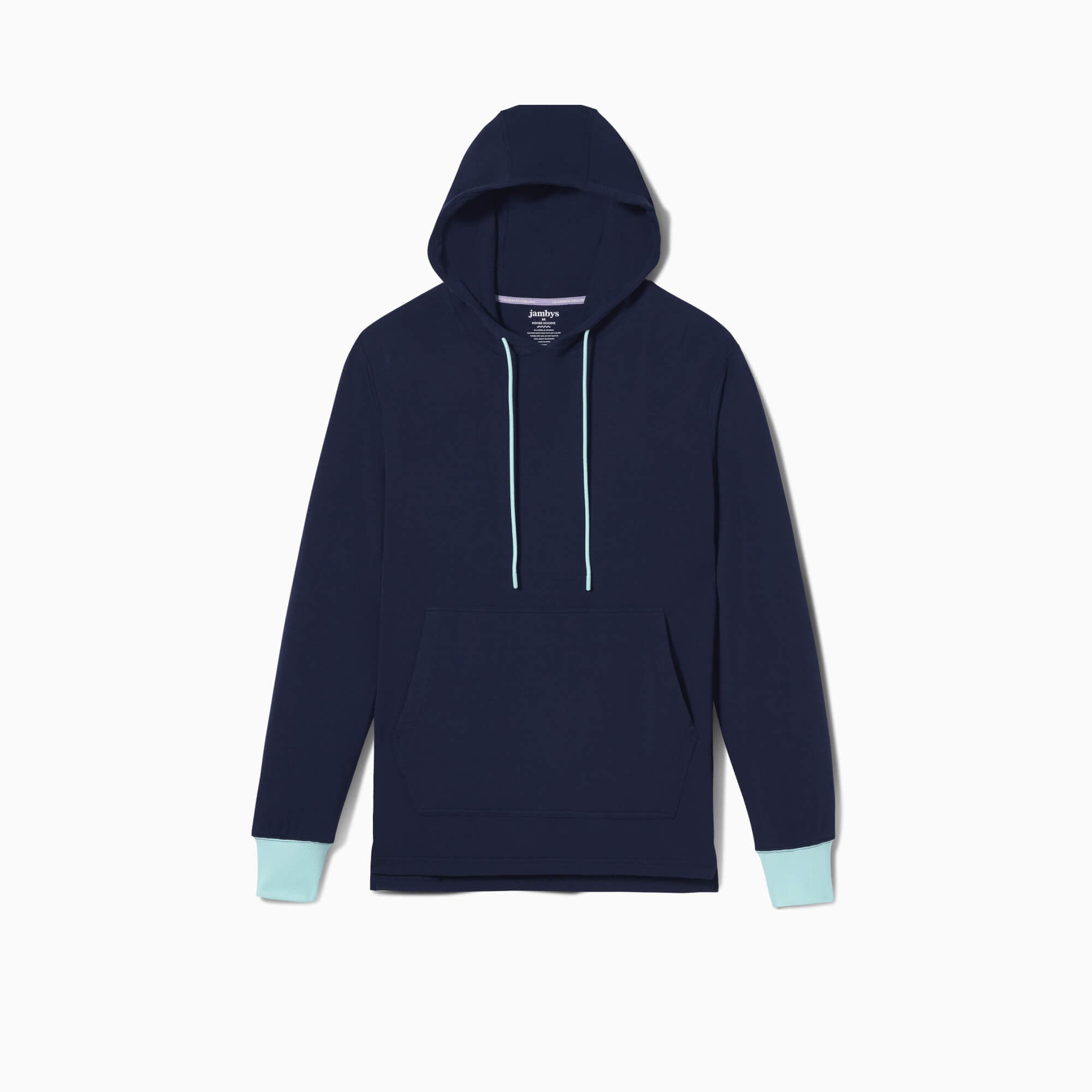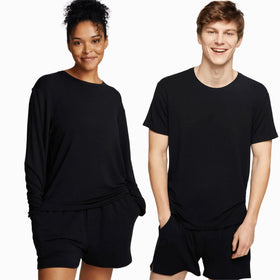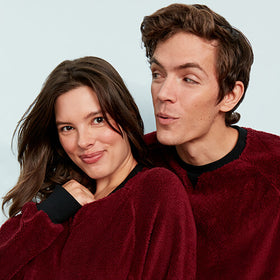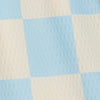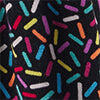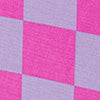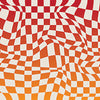The performance was my first time seeing K-pop outside of late night and awards shows. It was my first time paying attention to K-pop, seeing it without the lens of foreignness, with late night hosts getting their names wrong and the cameraman focusing more on the screaming girls in the audience than the performance. Even though there was no choreography or audience, it was an amazing performance, and BTS were having so much fun with it. It reminded me of the fun music times that the pandemic had taken away from me: listening to new releases while sitting in traffic, or singing along to an entire musical on a road trip. I’d nearly forgotten what fun was.
One thing led to another, and before I knew it, I was a full-on BTS fan, a member of ARMY, their fandom. I filled all of my time when I wasn’t working with BTS: their music videos, old concerts livestreams, variety shows, travel series, animation clips of their branded plushies. On election night I locked myself in my room and binged their lo-fi reality show In the Soop--and then I finished it over the course of that week as the returns slogged in. But by then, K-pop wasn’t just a distraction to me. It’s become a way to return to my joy center, the un-ironic sensation of wonder and optimism that I can only access when I sing, or dance, or fangirl over pop culture.
Now I’m a fan of multiple K-pop groups, and the genre as a whole, plus a couple of k-hip-hop and k-R&B groups. As a music lover, the production choices are always interesting and there are multiple callbacks to earlier areas of popular American music; K-pop just finished a whole disco phase this past year. As a dancer, the routines range from easy to learn and catchy to very difficult and constituting a whole high-intensity workout. Even though I don’t know Korean, the English lyric translations are readily available and read like poetry. I’ll look up the translation of a song and fall in love with it more for the general meaning. My Korean singing sounds like gibberish, but now I’m learning the language and slowly improving. Also, I enjoy getting to know the group members’, or idols’, personalities; each group puts out hours of behind the scenes clips and does livestreams so fans can get to know them on another level.
Learning about K-pop and the Korean music industry was a bit of an uphill battle in the beginning. Besides the language gap, the industry also operates differently and has its own vernacular and customs. I ended up discovering most of my favorite groups and getting a sense of what makes K-pop different from American pop through YouTube. The groups themselves and Korean shows have started regularly including English subtitles as the genre gets more popular globally, and American fans have taken to the platform to make explainer guides to their favorite groups, rate each month’s comebacks and post k-pop commentary.
